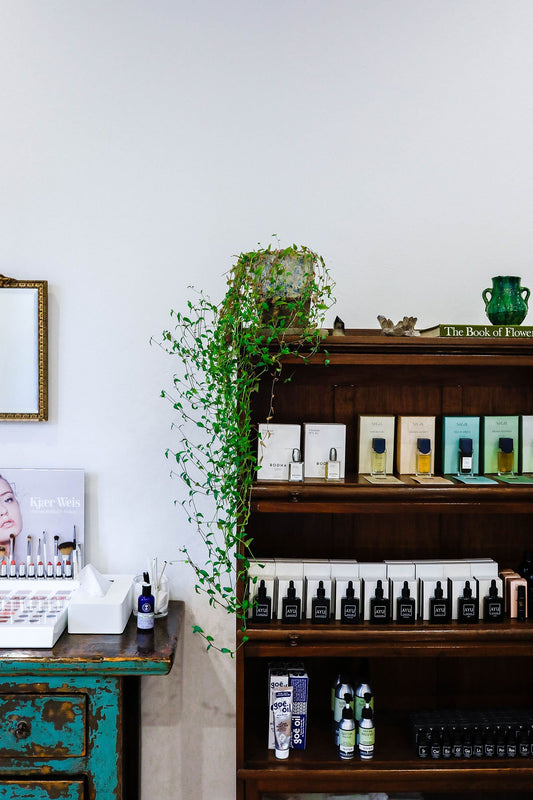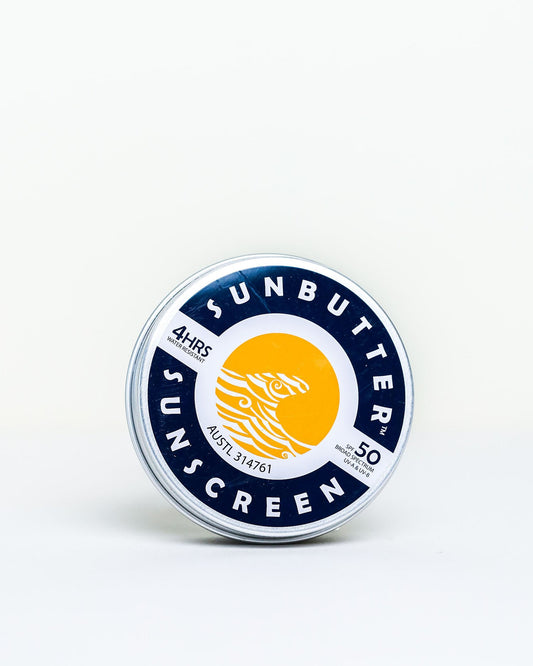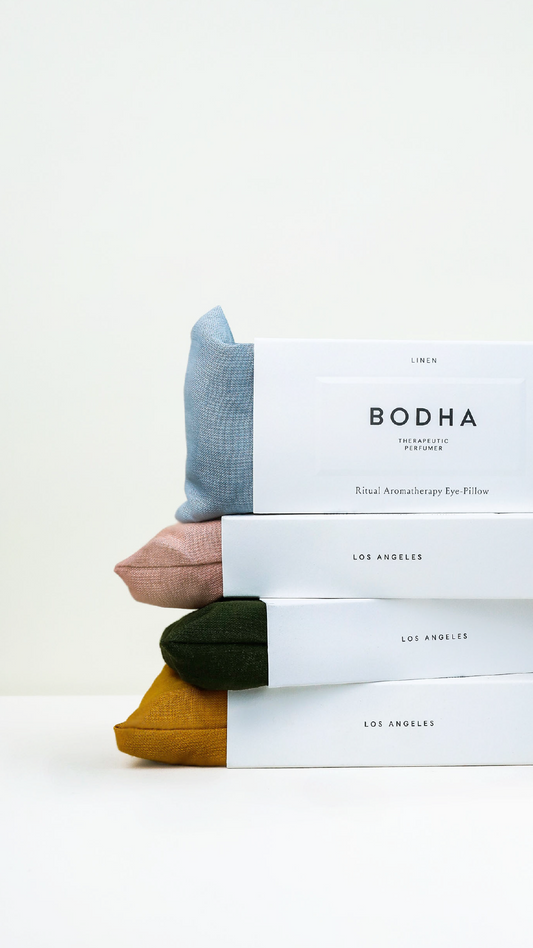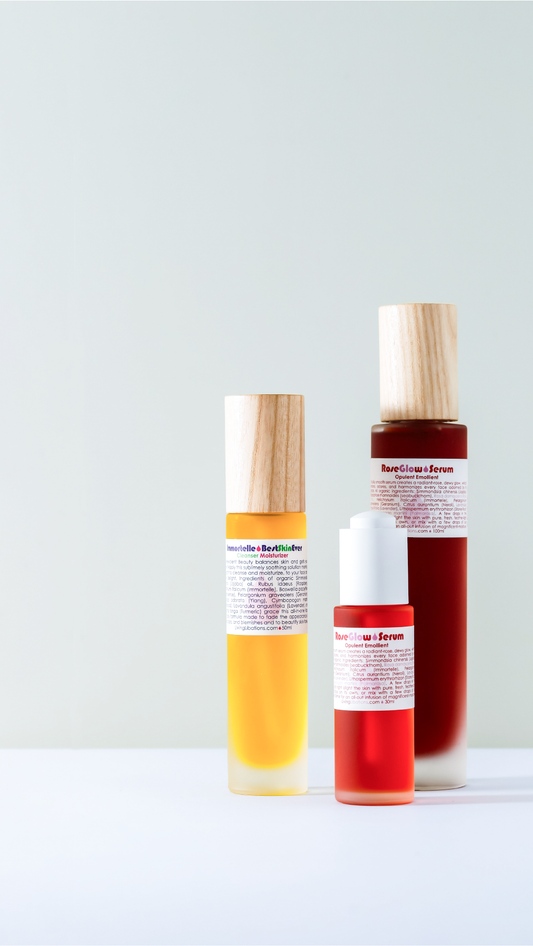Sun protection is a topic I have been researching and deliberating for a long time. It is something I could write about extensively but what I have tried to present is a concise summary of why we need to be collectively opening this discussion as a community. This post is not intended to be fear mongering but I do hope it raises questions around potentially harmful ingredients and also some of the wonderful SPF alternatives available. There is no dispute that overexposure to UV radiation can cause skin damage and I see the effects of sun damage on a daily basis in my treatment room. However, I believe it can indicate an under-functioning liver and often a gentle liver boost is necessary. So as usual, don't forget to look within for healthy skin. But I digress.
I am particularly fussy about choosing an SPF and you should be too. This is an ingredient in which we are placing an enormous responsibility- to protect us from UV damage and ultimately cancer. Never has such emphasis been placed on a single ingredient, and a largely under researched one at that. Is it really ok to slather our precious skin in whichever SPF is in reach because we have been taught that to go in the sun unprotected is one of the most dangerous things you can do?
Firstly, we need to regain our confidence in the sun. The sun has incredible powers physically and energetically. The trick is to know your limits- not necessarily the government guidelines.
True story: Upon the advice of her dermatologist, a customer asked for an SPF 50 to protect her from the computer screen. She worked 9-5 in an office. Too far? Absolutely.
Chemical sunscreens such as Oxybenzone are now widely being used by both department store and pharmacy available brands. Unfortunately, the Environmental Working Group have identified this as a possible human photo allergenic toxicant or allergen. It has the potential to cause endocrine (hormone) disruption and has an accumulative effect (not ideal for something that is a hazard).
It seems less than wise to place something so unstable directly on the skin upon which it is supposed to protect. It works by absorbing the UV radiation. The danger with this is in the fact that we aren’t quite sure where the UV radiation goes and how the body metabolises it. It is very possible it then causes internal oxidative damage.
You’re probably wondering that the safest option is. In my opinion, a mineral sunscreen. More specifically, a non-nano zinc oxide is preferable. It stays nice and close to the surface of the skin where it reflects UV light. Our pick in-store for everyday wear is Josh Rosebrook Nutrient Day Cream SPF 30. It ticks all our beauty boxes. It’s hydrating with a divine mousse-like texture and velvety finish. If you'll be heading to the beach, park or out to play sport, we recommend EIR Surf Mud SPF 30 for the face and Surf Mud Body Oil SPF 15 for the body. If you have paler skin, I highly recommend Soleo Organics. They make a fabulous sunscreen for face and body which is an Australian SPF30.
Aside from concerns surrounding ingredients in sunscreen, the other factor that gets my knickers in a twist is the false sense of security it gives. Could it be that people are spending longer in the sun? Perhaps this can partly explain why skin cancer rates are going up despite more people than ever using sunscreen. I believe the other contributors to be a decrease in antioxidant consumption and low vitamin D levels. Chronically low vitamin D is a risk factor for skin cancer.
Based on the uncertainty that exists around the possibility of long-term harm from sunscreen, it seems reasonable to err on the side of caution and use the safest known form of sunscreen when necessary and arming yourself with nutritional protection at all times.
In summary:
-
20 minutes of early morning sun, before 10am is best. Expose a larger portion of skin if possible, such as back, chest or legs.
-
Use a non-nano zinc oxide based SPF
-
Make sure your SPF doesn’t contain any synthetic fragrance, parabens or petrochemicals which could otherwise contribute to the product’s instability.
-
Use clothing for protection if you’ll be out at midday or for prolonged periods. A light coloured long sleeve top and hat or a beach umbrella are always useful.
-
Consume as many dietary antioxidants as possible. Enhance your sun protection with UV-protective foods such as tomatoes, watermelon, carrots and apricots. They contain an array of phytochemicals and a compound called Lycopene that helps block UV damage in the skin.




